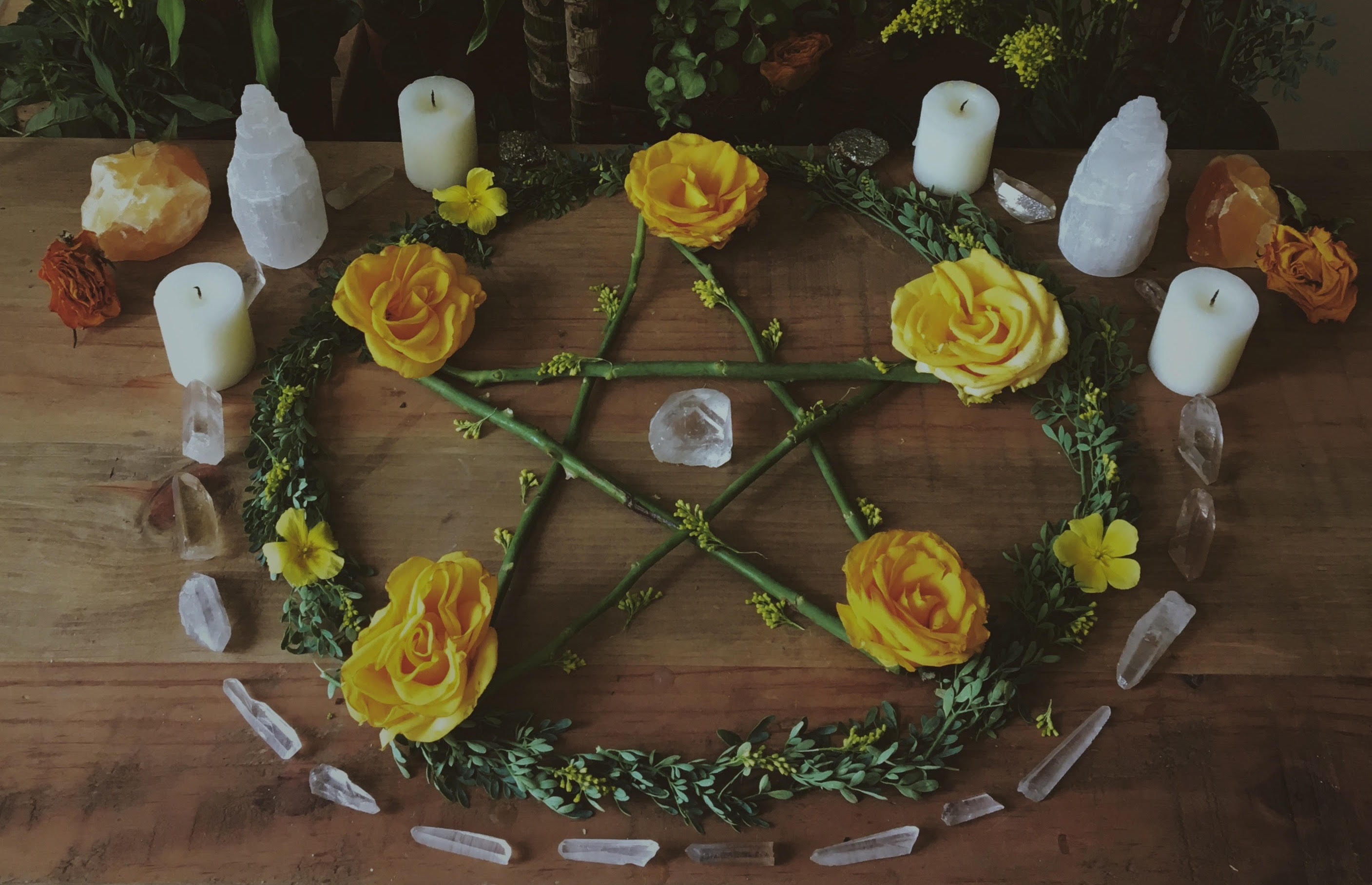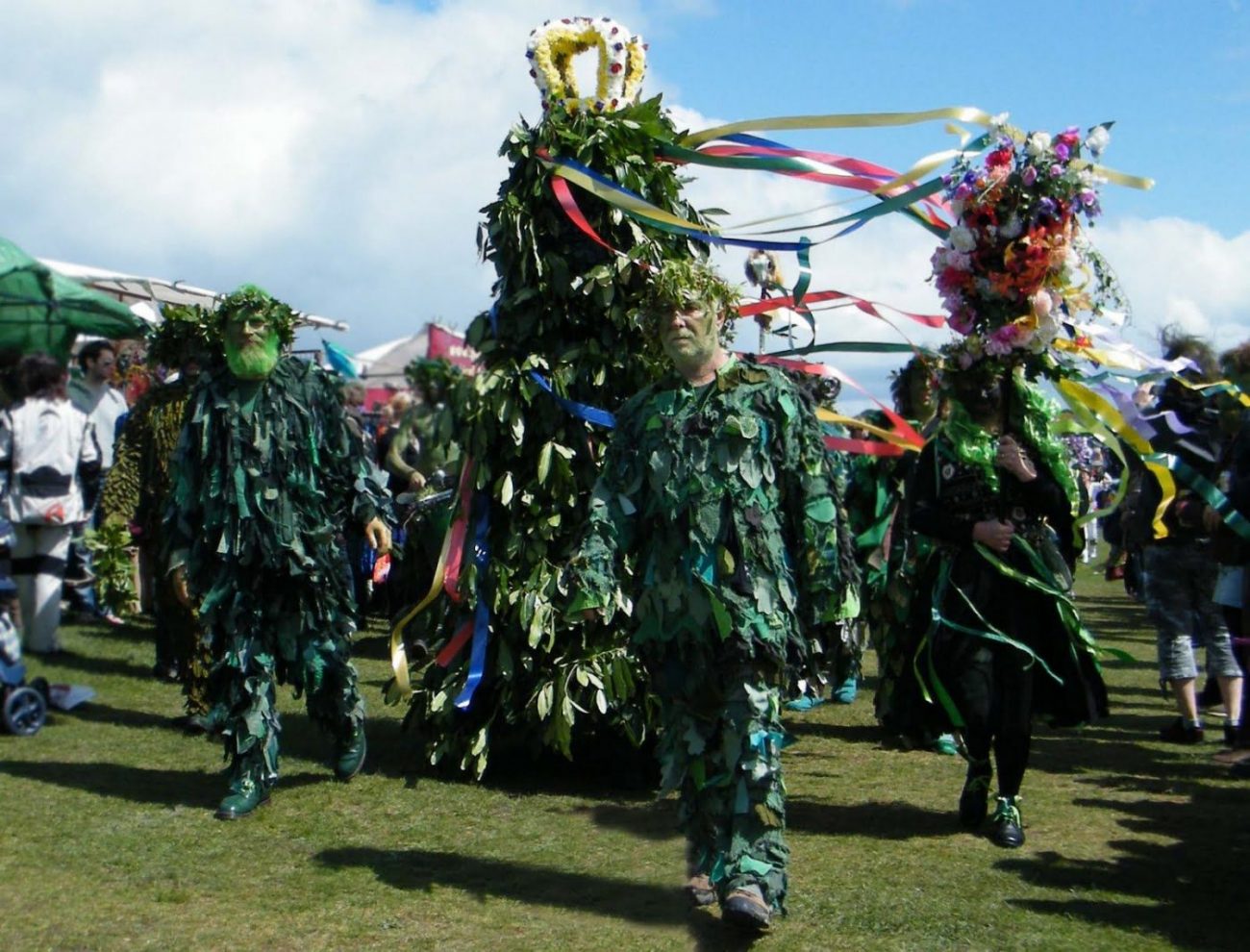The historical roots of May Day can be traced back to Ancient Greek and Roman times when festivals and rituals were conducted in celebration of the arrival of the spring season and in honor of the Roman goddess Flora and the Greek god Dionysus. Both figures are symbols of fertility and nature, with Flora associated with vegetation and flowers and Dionysus with the grape-harvest and winemaking (Gillan 2019). While both ancient empires started the tradition of performing rituals and making offerings to the gods to receive the blessings of a bounteous harvest, it is Gaelic culture which is often credited with introducing the modern celebrations and traditions of May Day. Since the 10th century, the festival of Beltane is held on May 1 to mark the halfway point between the spring equinox and the approaching summer solstice. Traditional celebrations involved the blessing of cattle, crops, and people with the kindling of symbolic bonfires to receive the perceived protective powers of the smoke and ash for good luck for the upcoming summer pasture and harvest. Large feasts were common as people and cattle were decorated with colorful flowers and ribbons and would occasionally leap over the fires to appease mythical fairies—aos sí—from harming the farmers and their cattle (“Beltane” 2016).
Furthermore, Pagans developed a strong connection with Beltane and May Day by hosting similar festivals involving fire, incense, drums, costumes, and dancing to celebrate the blossoming of nature and unrestricted sexuality. The celebration of May Day continued to gain prominence amongst Pagans and other individuals throughout the 14th and 15th centuries in Germany, England, and other European countries as new traditions and rites were included such as the crowning of a May Queen and dancing around a maypole. The crowning of a May Queen involved the selection of a young girl to symbolize purity and commence the festivities of the day. Maypole dancing consisted of a large wooden pole decorated with hanging colorful ribbons being planted in the ground either near or in the woods for people to dance around to symbolize nature and the lengthening days of summer (“May Day” 2018). Celebrations of fertility, the arrival of spring, and rituals for positive blessings for the approaching harvest continued until around the 16th century when such festivities were deemed immoral.
The 16th century saw the expansion of the Puritans and Protestantism throughout England and Western Europe as people sought to place greater emphasis on moral and religious purity and devotion. Paganism and May Day celebrations were one of the numerous victims that were condemned and banned from being practiced as these were considered idolatry, immoral, and demonic. As a result, the prevalence and practice of May Day traditions significantly declined as anyone who desired to continue to celebrate the holiday had to do so in secret and on a smaller scale. One intriguing custom that began was the weaving of baskets, filling them with flowers and gifts, and anonymously leaving them on the doorsteps of friends and loved ones as a sign of good fortune and pleasant weather. This custom was selectively practiced in different areas but gained prominence in the 19th and 20th centuries as an elegant and romantic tradition known as May Basket Day (Weeks 2015).
As society shifted away from strict religion and morality in the late 18th century, May Day celebrations and maypoles reemerged into public practice but without the same level of renown as some people lost interest in the holiday. Today, numerous Pagans, Wiccans, and a considerable number of Christians and secularists observe the holiday as a symbol of the arrival of spring, the rebirth of the mind and spirit, and the desire of a great harvest both in the United States and in Europe.













